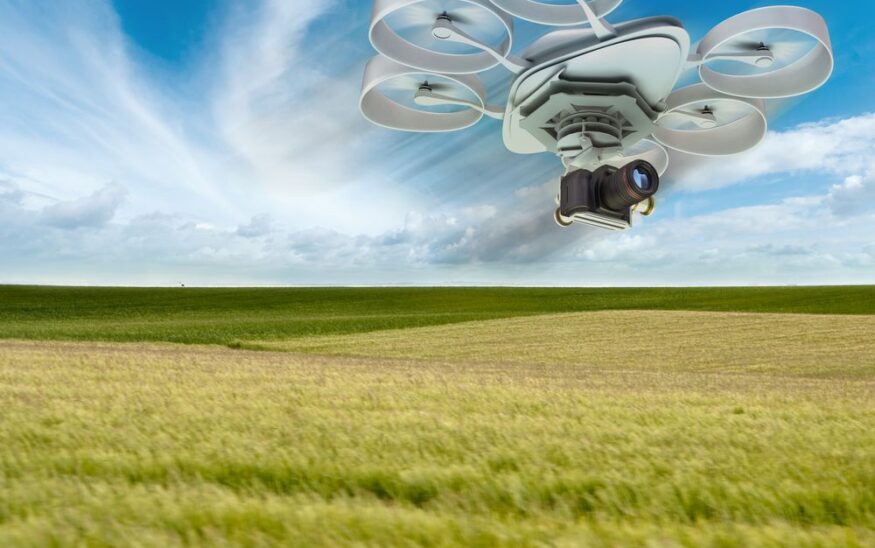Drones in the field: Farmers say they're ready for takeoff
Images from remote-controlled drones help locate crop problems
Suzie Romig //June 20, 2016//


Drones in the field: Farmers say they're ready for takeoff
Images from remote-controlled drones help locate crop problems
Suzie Romig //June 20, 2016//
After 28 years as a crop consultant in Colorado, Maya Kuile-Miller of Cactus Hill Ag Consulting in the San Luis Valley is looking forward to a technology that may just save her knees. She knows too many consultants whose knees are shot from walking for miles through the uneven ground of plowed fields and being tugged on by knee-high plants.
The solution? Perhaps a drone.
“For me the drone would be a more targeted technology for scouting,” Miller says. “It’s an easy 50 percent time savings for me, and this would help us avoid major errors.”
The crop consultant has noticed “a huge interest” in agricultural community conversations about drones, or unmanned aerial systems (UAS). Miller is investigating drone package options before taking the financial plunge. She has her sights set on models ranging from $12,000 to $36,000 including a multispectral image camera. She believes the investment could pay for itself through faster job completion for more clients within just a few growing seasons.
Images from remote-controlled drones help locate crop problems related to planting, irrigation, fertilizer or pests. A small multi-rotor copter drone can cover a 160-acre field in 22 minutes, or approximately 1,000 acres in a work day of flying.
Early in the season, aerial images might catch a serious problem such as nematodes that munch on the roots of emerging plants. Late in the season, drones are useful because tall crops are difficult to walk or see through, and traditional piloted plane flights for aerial photography are expensive.
Agribotix in Boulder specializes in processing imagery from drones and offers $12,000 drone packages. The company that started in 2013 now has 16 employees and has sold more than 100 drones across the world and a handful in Colorado. The majority of the purchases have been made by people working in crop services, says Paul Hoff, COO at Agribotix, and more questions are coming from Colorado ranchers wanting to keep their eye on herds with drones as a future possibility.
“Our current focus is to provide growers with agricultural intelligence that helps them increase their yields and decrease their costs and environmental impact,” Hoff notes. “For ranching applications, it is not the technology, rather it is the current regulatory environment that requires a drone be used within line-of-sight that limits how the drone can be used.”
Constantin Diehl, with the nonprofit business league UAS Colorado in Westminster, says current regulations allow for drone operations within line-of-sight of a pilot/observer only, and it remains illegal to fly drones for commercial purposes without a special exemption permit from the FAA. New FAA rules expected to roll out later this year are likely to maintain the line-of-sight requirement, he says.
Diehl, who stresses safe drone flying practices, notes there has been no federal prosecution for the growing use of drones in agriculture when farmers fly over their property and under 400 feet. He believes, however, that mid-air collisions with crop-duster airplanes remain a concern.























